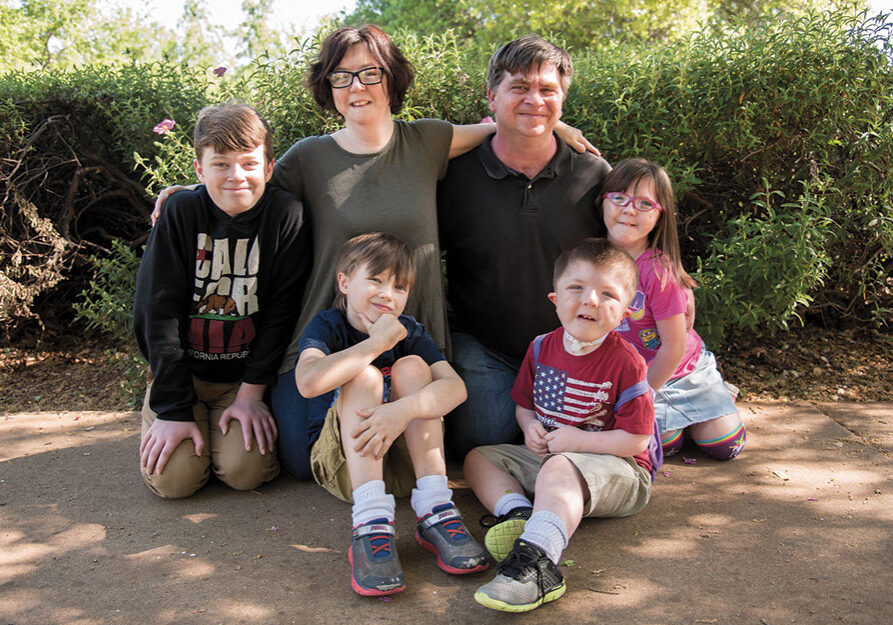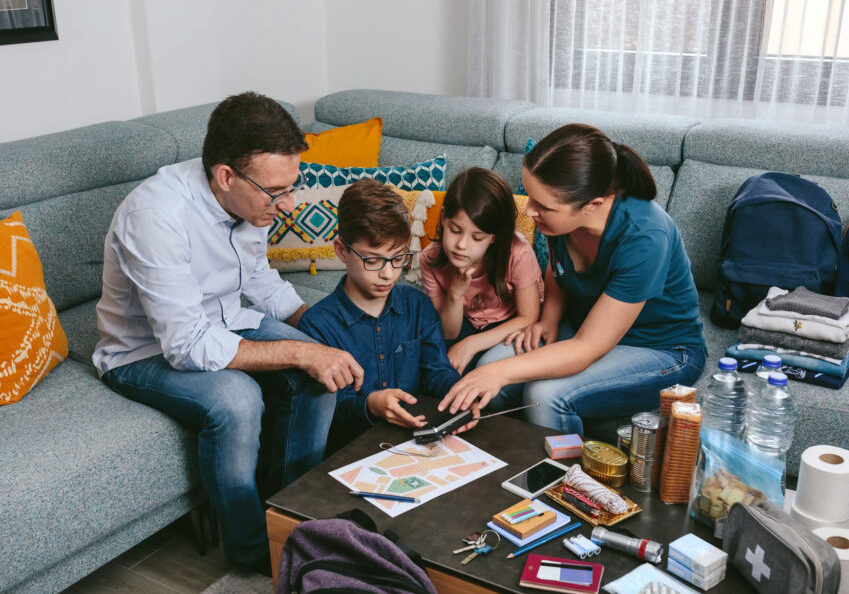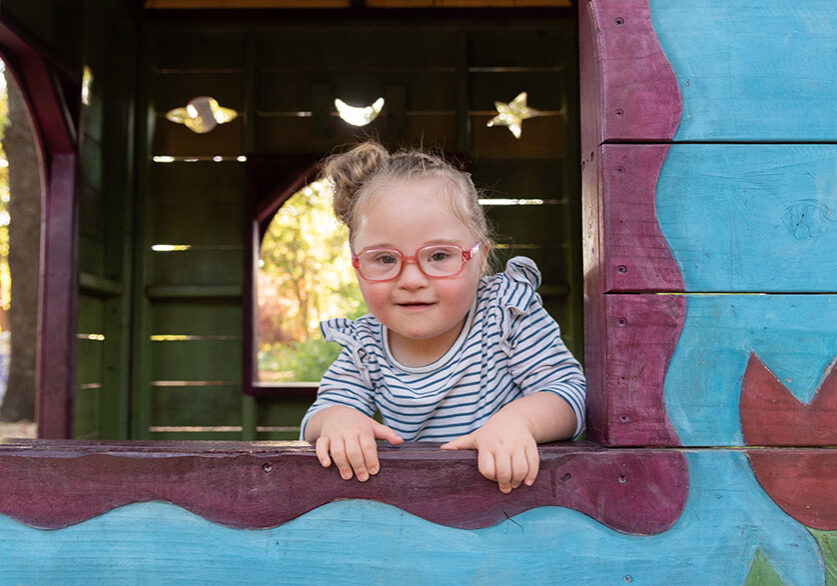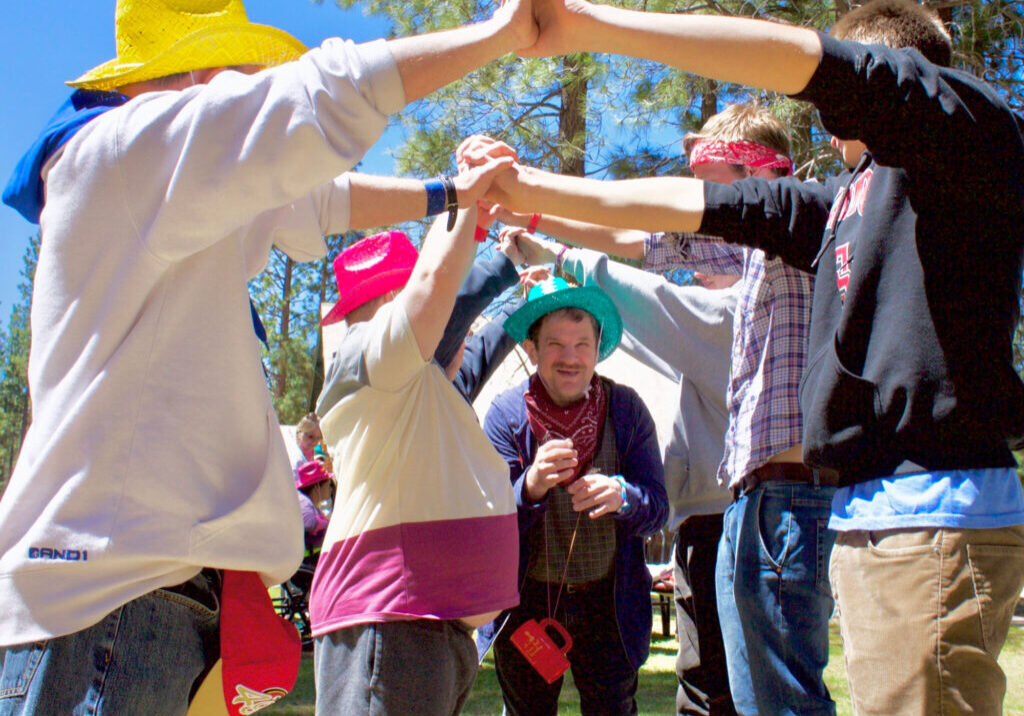It’s that time of year again! All over the North State parents are preparing to send their kids back to school. New clothes, new backpacks and new school supplies are typical hallmarks of getting ready for a new school year. But there is one thing often overlooked in preparing children before they enter a new classroom; teaching them about inclusion.
In an educational setting, inclusion refers to a model wherein special needs students spend most or all their school day with general education students. The goal of inclusion is to “include” everyone, regardless of their abilities.
Full inclusion classes and Special Day Classes (SDCs) are typically two types of classroom setups that accommodate students with special needs. Full inclusion means that the classroom is comprised of students who have Individualized Education Plans (IEPs) and those that do not.
Special Day Class is a term used to describe a self-contained special education classroom that provides services to students with intensive needs that cannot be met by the general education program. It is debatable whether having a separate classroom is even beneficial or if it defeats the purpose of inclusion, but the fact is that full inclusion is not for everyone. Many children, my own included, fare much better in SDCs as they can’t handle being in a mainstream setting just yet.
Even though the SDC classes are self-contained, the students participate in various general education activities and classes, although this can vary depending on the school and the needs of the students.
For children entering preschool or kindergarten, it may be their first experience interacting with a peer who has different abilities. They may come home with stories about their new classmate or have questions that might seem awkward or hard to answer. The best thing to do in these situations is to be honest and have an age-appropriate discussion. Don’t ignore or brush off their curiosity.
The most important way to teach a child about inclusion is to model it. Since children tend to follow what parents do, it’s important that our actions are sending the right message. Allowing children to learn and come to appreciate the fact that we all have similarities and differences is a great way to show them that everyone has unique gifts and abilities. Diversity should be celebrated and valued.
Uniquely Us is a unique opportunity to address special needs issues and concerns and to celebrate life. If you have something in particular you would like to read about, please write to pn@northstateparent.com (please include UU in the subject line).
Posted in: Uniquely Us
Comment Policy: All viewpoints are welcome, but comments should remain relevant. Personal attacks, profanity, and aggressive behavior are not allowed. No spam, advertising, or promoting of products/services. Please, only use your real name and limit the amount of links submitted in your comment.
You Might Also Like...

Uniquely Us: A New School Brings New Challenges
It’s Back-to-School Time This month, thousands of children will head back to school. Many will be attending a new school, which can be nerve-wracking for any kid. For those with […]

For Parents of NICU Babies, the Risk of Developing PTSD is Real
The emotional stress that parents experience when they have a child in the Neonatal Intensive Care Unit (NICU) can last long after their baby is discharged. Years later, certain sounds, […]

Preparing for an Emergency When You Have a Medically Fragile Child
With raging wildfires, power outages, and widespread cases of COVID-19, the North State has been in crisis mode for the last several months. As parents of a medically fragile child, […]

Letting Go of Guilt: Embracing Self-Care When Parenting Children with Disabilities
You cannot serve from an empty vessel.” – Eleanor Brownn. This quote rings true for most parents, particularly those who are caring for children with disabilities. Parenting is an all-consuming […]





Love this!!!! Thank you